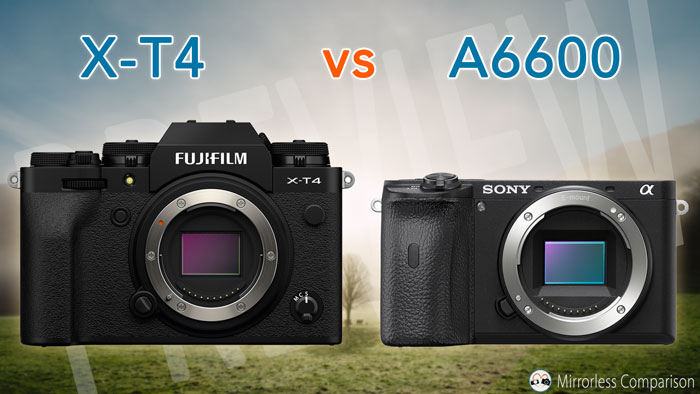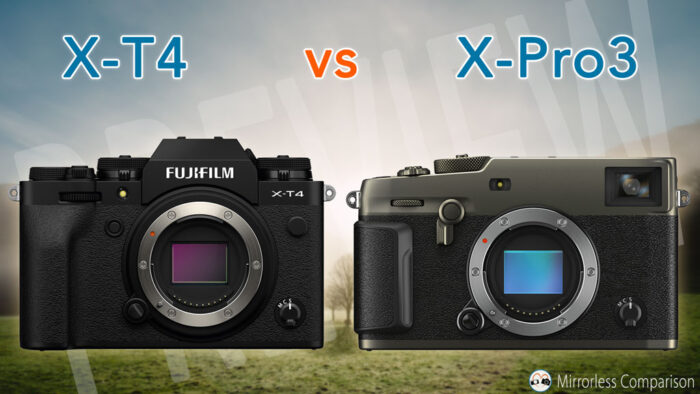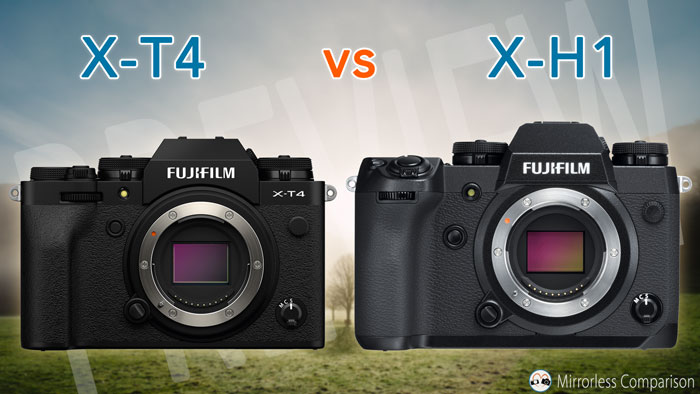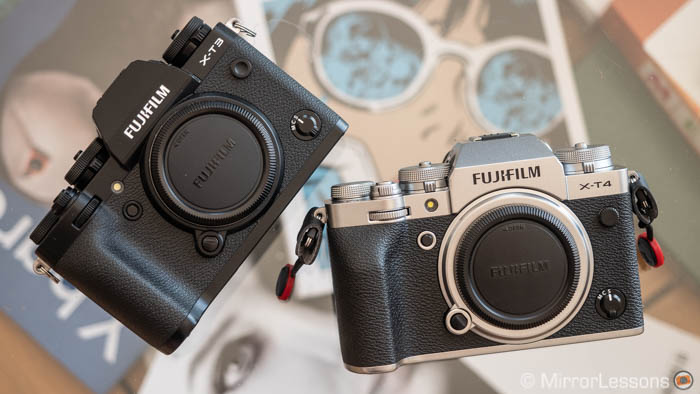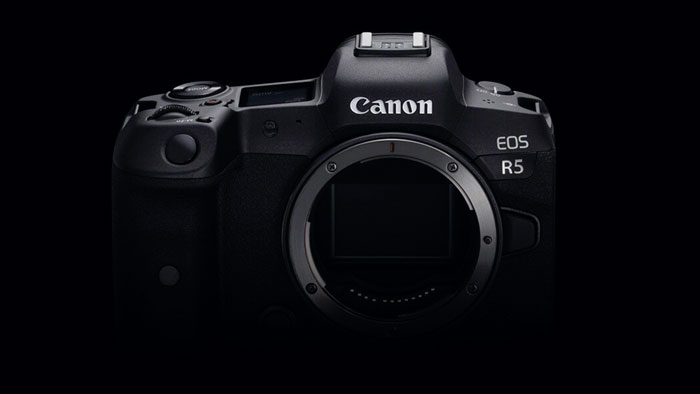Fujifilm and Sony are the two brands that have made the most effort in the mirrorless APS-C segment. Sony can claim some of the most sold models on the market (the original A6000 is still doing well) whereas Fujifilm, after capturing the attention of the photographic community with the retro-looking design of its cameras, have shown that they can also pack impressive performance under the bonnet.
Preview
Fujifilm X-T4 vs X-Pro3 – The 10 Main Differences
Despite the X-Pro1 being Fujifilm’s very first flagship, the X-Pro series as a whole has become increasingly niche over the years, most notably since the arrival of the X-T1 and its successors. These days, if the company comes out with an important new feature, it will generally be bestowed upon …
Fujifilm X-T4 vs X-H1 – The 10 Main Differences
The X-H1 made the news in early 2018 for being the first Fujifilm camera with 5-axis stabilisation, a feature that was long overdue in the X-series mirrorless line-up. After an initial struggle in sales, a price cut in 2019 gave it a second boost.
Now, IBIS has made its way onto a new camera, the X-T4. Up until now, no other Fujifilm camera except for the GFX100 medium format model has received this technology. Before the X-H1 disappears from the shelves forever, it is worth seeing how these two models compare.
Fujifilm X-T3 vs X-T4 – The 10 Main Differences (extended)
Over the years, Fujifilm has gone from catching up in various departments such as autofocus, video, and overall speed to equalling if not surpassing some of its direct competitors.
The new X-T4 follows the same path. It fixes some of the final things that needed to be addressed (IBIS, battery) and further improves the performance, which makes this new model one of the most exciting and complete APS-C cameras you can find today.
Canon EOS R vs EOS R5 – The Five Main Differences
Update: now that the EOS R5 is official, you can read all about it in our EOS R vs R5 extended preview article.
Canon has never shown an interest in “wowing” the crowd with advanced specifications since it started its journey into the mirrorless segment. The performance of the EOS M APS-C series has always been behind the competition, and the recent EOS R full frame system hasn’t done much better.

